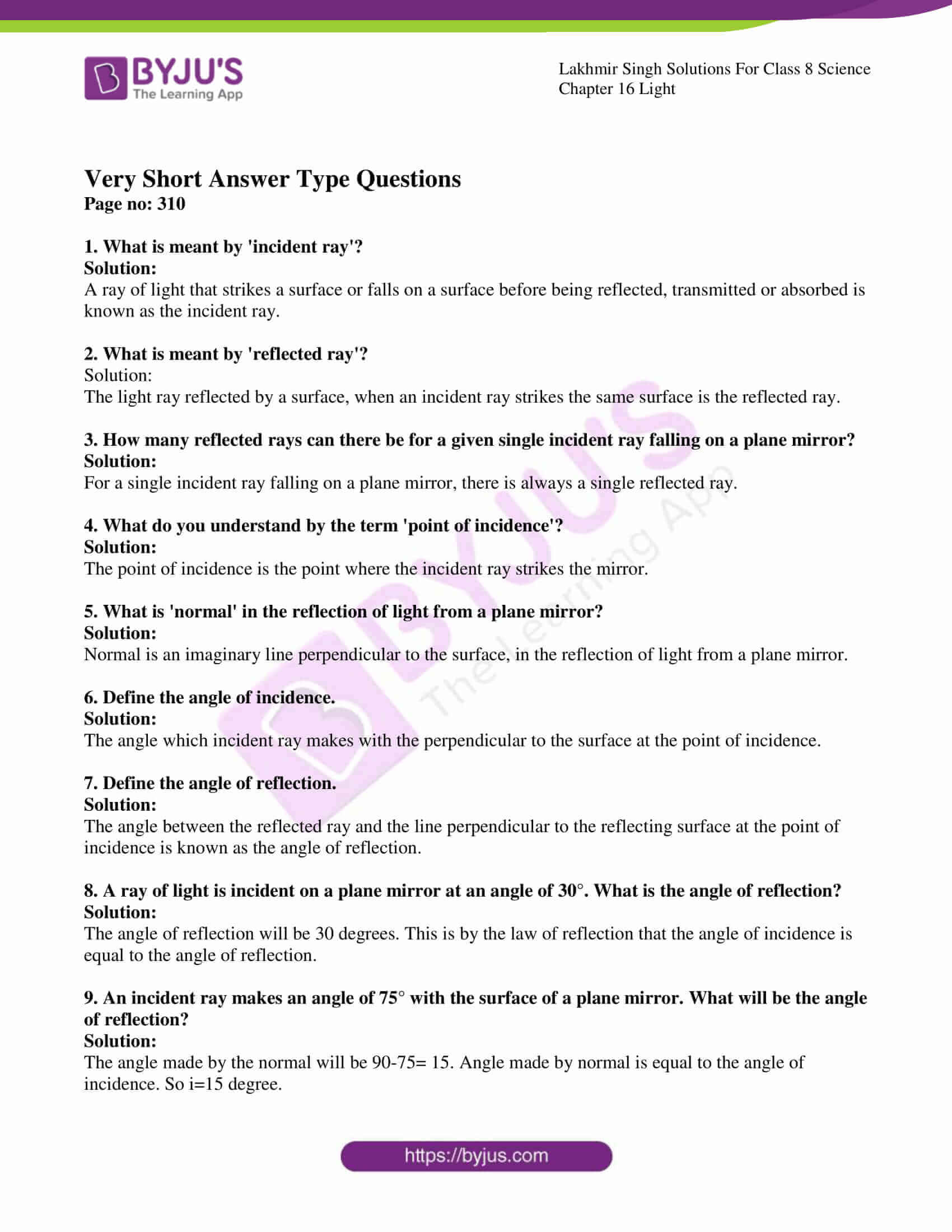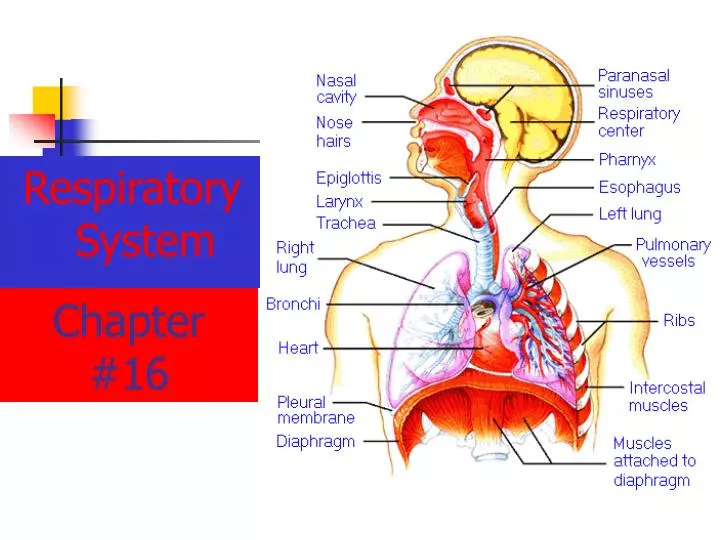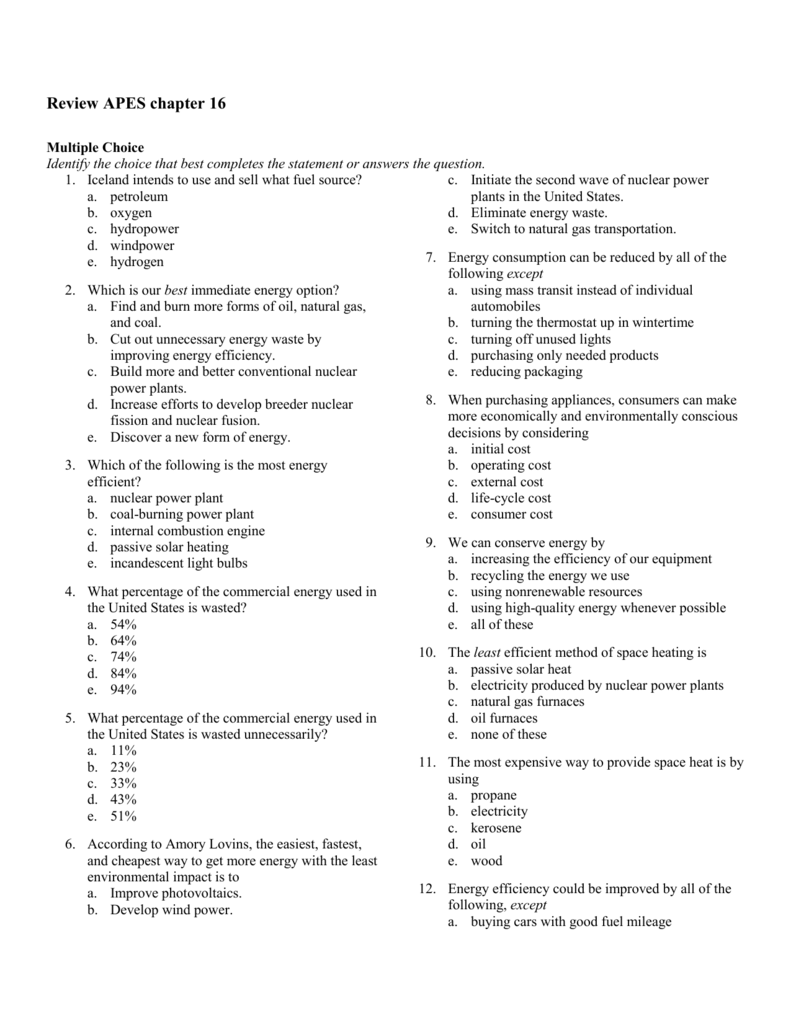

after touching a patient’s immediate surroundings.If ABHR cannot be used then antimicrobial liquid soap should be used Where this is not practical, personal ABHR dispensers should be used. *For health and safety reasons, Scottish Ambulance Service Special Operations Response Teams (SORT) in high risk situations require to wear a wristwatch.Īlcohol Based Hand Rubs (ABHRs) must be available for staff as near to point of care as possible. Hand washing should be extended to the forearms if there has been exposure of forearms to blood and/or body fluids. cover all cuts or abrasions with a waterproof dressing.ensure finger nails are clean, short and that artificial nails or nail products are not worn and.remove all hand/wrist jewellery* (a single, plain metal finger ring or ring dosimeter (radiation ring) is permitted but should be removed (or moved up) during hand hygiene) bracelets or bangles such as the Kara which are worn for religious reasons should be able to be pushed higher up the arm and secured in place to enable effective hand hygiene which includes the wrists.expose forearms (bare below the elbows).Hand washing sinks must only be used for hand hygiene and must not be used for the disposal of other liquids. Hand hygiene is considered an important practice in reducing the transmission of infectious agents which cause HAIs. Who have been hospitalised outside Scotland in the last 12 months (including those who received dialysis).įor assessment of infection risk see Section 2: Transmission Based Precautions.įurther information can be found in the patient placement literature review.Who have been a close contact of a person who has been colonised or infected with CPE in the last 12 months.Multi-drug Resistant Organism (MDRO) e.g MRSA, CPE. Known or suspected to have been previously positive with a.With a known ( laboratory confirmed ) or suspected infectious pathogen for which appropriate duration of precautions as outlined in A-Z pathogens are not yet complete.This includes COVID-19 (see COVID-19 respiratory symptom assessment questions and testing requirements within Appendix 21 COVID-19 Pandemic controls) With symptoms such as loose stools or diarrhoea, vomiting, fever or respiratory symptoms.This includes but is not limited to patients:

Patients who may present a particular cross-infection risk should be isolated on arrival and appropriate clinical samples and screening undertaken as per national protocols to establish the causative pathogen. This assessment should influence patient placement decisions in accordance with clinical/care need(s). Patients must be promptly assessed for infection risk on arrival at the care area (if possible, prior to accepting a patient from another care area) and should be continuously reviewed throughout their stay. SICPs implementation monitoring must also be ongoing to demonstrate safe practices and commitment to patient, staff and visitor safety.įurther information on using SICPs for Care at Home can be found on the NHS National Education Scotland (NES) website.ġThe use of the word 'Persons' can be used instead of 'Patient' when using this document in non-healthcare settings.ġ.1 Patient Placement/Assessment for infection risk the anticipated level of exposure to blood and/or other bodyĭoing so allows staff to safely apply each of the 10 SICPs by ensuring effective infection prevention and control is maintained.r isk to and from the individual for whom care is being provided.

The application of SICPs during care delivery must take account of

To be effective in protecting against infection risks, SICPs must be applied continuously by all staff. The application of SICPs during care delivery is determined by an assessment of risk to and from individuals and includes the task, level of interaction and/or the anticipated level of exposure to blood and/or other body fluids.
Chapter 16 blood borne parhogens and principles of asepsis skin#
Sources of (potential) infection include blood and other body fluids secretions or excretions (excluding sweat), non-intact skin or mucous membranes, any equipment or items in the care environment that could have become contaminated and even the environment itself if not cleaned and maintained appropriately. SICPs are the basic infection prevention and control measures necessary to reduce the risk of transmission of infectious agent from both recognised and unrecognised sources of infection. The Hierarchy of Controls detailed in appendix 20 should also be considered in controlling exposures to occupational hazards which include infection risks. Standard Infection Control Precautions (SICPs), covered in this chapter are to be used by all staff, in all care settings, at all times, for all patients 1 whether infection is known to be present or not to ensure the safety of those being cared for, staff and visitors in the care environment.


 0 kommentar(er)
0 kommentar(er)
